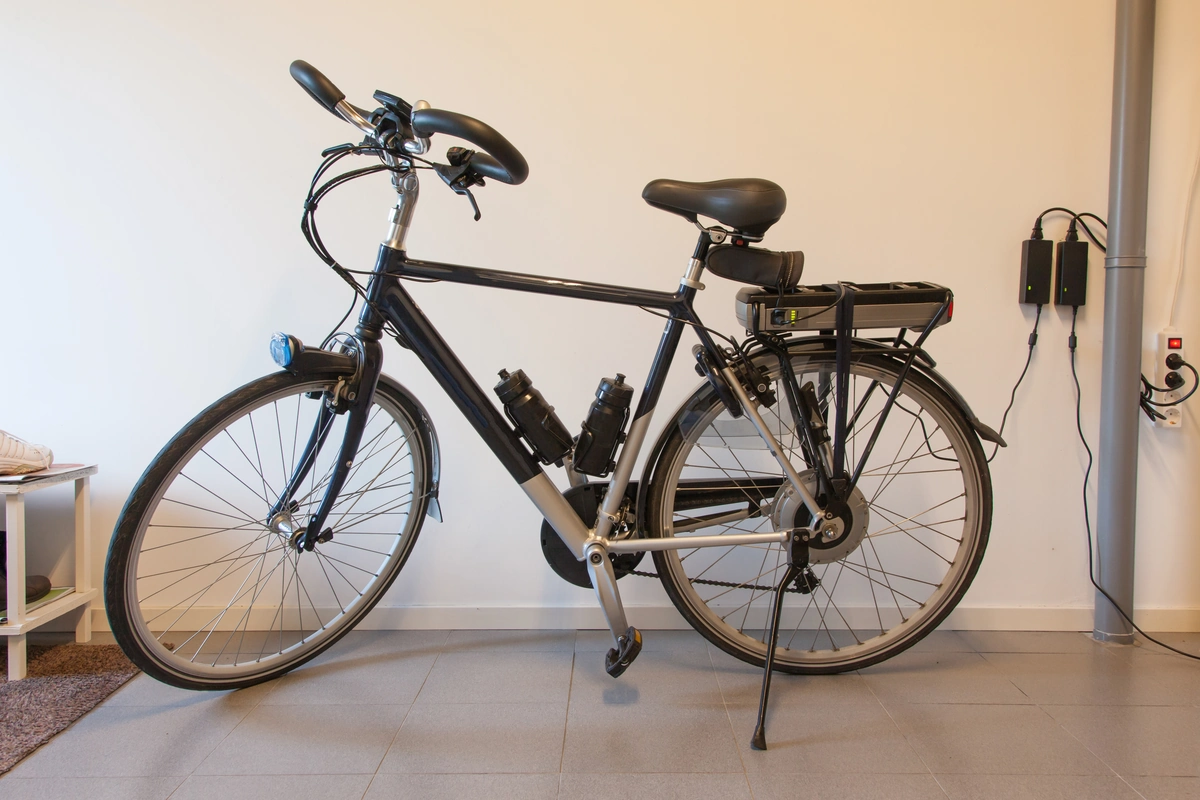Hub motors have become a popular choice for electric bicycles and vehicles due to their compact design and integration into the wheel. However, when considering retrofitting an electric bicycle or purchasing one, it is important to understand the hub motor's ability to withstand wet conditions and rough terrain, as these factors affect the motor's durability and performance. This article delves into the resilience of hub motors and explores their performance in wet environments and bumpy terrains.
The moisture resistance of hub motors is influenced by various factors, such as the waterproof design of the motor, IP rating, regular maintenance, etc.
Many hub motors on the market today are designed to be waterproof or at least water-resistant. They have protective seals and gaskets, and their enclosed design prevents water from entering the motor housing and damaging internal components. This design ensures that the hub motor can withstand moderate rain and wet conditions without affecting its functionality.
When evaluating the adaptability of hub motors to wet conditions, it is important to consider their IP (Ingress Protection) rating. The IP rating provides information about the level of protection against solid particles and liquids. For example, an IP rating of IP54 indicates that the motor is protected against dust and water splashes from any direction. Higher IP ratings, such as IP65 or IP67, provide better dust and water protection for a certain time. Lunyee's hub motors not only have IP54-rated hubs with standard protection but also offer many hubs with stronger protection levels of IP65 and IP67. If you still have concerns about the waterproof performance of the motor, Lunyee can also provide additional waterproof measures, such as adding special coatings, gaskets, or sealing compounds to the hub to further protect the internal electronic components from moisture and corrosion.
To ensure the long-term adaptability of the hub motor in humid conditions, regular maintenance is recommended. This includes checking for any signs of damage or wear on the seals and gaskets, and replacing them if necessary. Additionally, keeping the motor clean and dry after riding in wet conditions can help prevent any potential issues caused by moisture buildup.

Another aspect to consider is the ability of the hub motor to withstand the common bumps and vibrations during bicycle riding. The anti-vibration ability of the hub motor is usually determined by two factors.
Hub motors typically have a robust construction that can withstand the vibrations and shocks generated when driving on flat surfaces. They are made from durable materials and designed to meet the demands of various terrains. This ensures that the motor can continue to operate and perform reliably even when encountering bumps or rough road conditions.
The hub motor is designed to withstand occasional bumps and impacts that may occur during cycling. While they may experience minor shocks and vibrations, they can withstand these conditions without affecting their performance or lifespan. However, it is important to avoid severe impacts or excessive force as they may damage the motor.
In conclusion, due to its sealed structure and design, the hub motor exhibits a certain degree of adaptability to wet conditions and bumps. While the hub motor can withstand mild moisture and moderate bumps, it is still recommended that riders perform regular maintenance to prevent motor damage and maintain optimal performance.
Leave A Comment